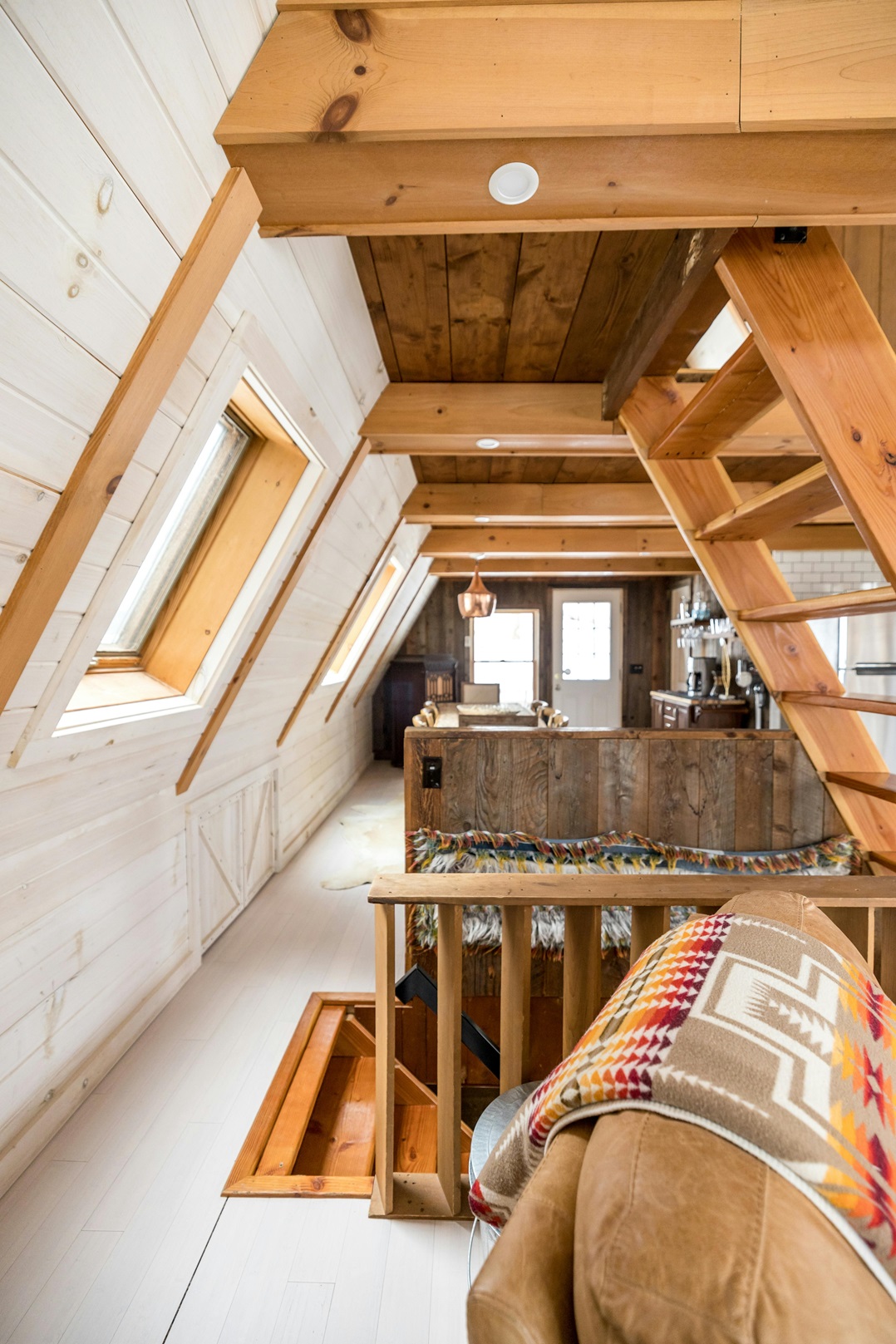Roof maintenance can be difficult. An individual must climb up a ladder from the ground floor or the nearest place and walk towards the area that needs maintenance, all while trying not to fall. What if there is a simpler way to do this?
Roof access hatches offer a convenient and safe solution to many common maintenance issues. These hatches provide easy roof access, making work easier, faster, and less tiring.
This blog will discuss the benefits of roof access hatches, the available types, and tips for choosing the right one for commercial or residential buildings.
The Importance of Easy Roof Access
Easy access to the roof is important to maintain it properly and avoid costly repairs. Inspecting for damage, cleaning gutters, or performing other jobs can be difficult without it. This can lead to several maintenance challenges:
- Increased Risk of Accidents: Using ladders and moving around on the roof can be dangerous, especially in bad weather.
- Delayed Maintenance: People often put off important tasks when it’s hard to get on the roof. This can lead to more damage over time.
- Higher Maintenance Costs: Delayed or improper maintenance can lead to expensive repairs or roof replacement.
Installing a roof access hatch can make it easier and safer to get on the roof. This can improve maintenance routines, lower costs, and help ensure the overall integrity and safety of the building.
Types of Roof Access Hatches
Several types of roof access hatches are available, each with unique features and benefits. Here are the most common options:
Wood or Fesco Curb Roof Access Hatches
Wood or Fesco curb roof access hatches—like the BAC-RAH roof access hatch—are a classic and budget-friendly option. They typically use wood or Fesco fiberboard as the curb face to blend in with the surrounding roofline. These hatches are perfect for residential and smaller commercial buildings.
Aluminum Roof Access Hatches
Aluminum roof access hatches are light, strong, and rust-resistant. These hatches come in many sizes and styles, making them great for residential and commercial applications. They are suitable in areas with high humidity or where corrosion is a concern.
Galvanized Roof Access Hatches
These roof access hatches are made of steel covered with zinc to protect against rust. They last long, making them excellent for commercial buildings and industrial sites.
Equipment Access Roof Hatches
These roof access hatches make reaching rooftop equipment such as HVAC units, solar panels, or satellite dishes easy. They are typically larger than standard versions and may have added features like reinforced frames or weatherproofing seals.
Domed Roof Access Hatches
Domed roof access hatches are great for buildings with low ceilings or those requiring a low-profile hatch. Their curved top allows for easy access without bumping your head. They are often used in attics, crawl spaces, or other confined areas.
Installation Considerations
When installing a roof access hatch, there are several factors to consider:
- Location: Choose a convenient location for accessing maintenance points and structural elements. Avoid areas with low-sloped roofs or near chimneys or vents.
- Size: Make sure the hatch is big enough for its purpose. For example, a larger hatch is necessary to bring in larger equipment.
- Material: Pick a material that’s strong and can stand up to weather. Aluminum is popular because it’s light and doesn’t rust. Steel is also strong and long-lasting, but it’s heavier. Galvannealed and galvanized steel are both excellent choices for outdoor spaces, as they are resistant to rust and corrosion.
- Safety Features: Install safety features such as safety rails to prevent accidents.
- Professional Guidance: Hire roofing professionals or experts to choose the right hatch and ensure proper installation.
Maintenance and Safety
Regular inspections and cleaning are essential to guarantee the long-term performance and safety of the roof access hatch. Here are some guidelines to follow:
- Regular Inspections: Check the hatch often for any signs of damage, including cracks, rust, or loose parts.
- Cleaning and Maintenance: Keep the hatch clean and free of dirt and debris. Oil the hinges and moving parts as needed.
- Safety Precautions: Always follow safety guidelines when accessing the roof or using the hatch. Use a sturdy ladder and wear appropriate gear. Be aware of your environment and avoid working in harsh weather conditions.
Conclusion
Roof access hatches make roof maintenance simpler and safer. They provide an easy way to get on the roof, which saves time, money, and effort. When choosing a hatch, think about location, size, material, and safety features. If you install and maintain it properly, a roof access hatch can be a valuable addition to any residential or commercial building.
Photo by Andrea Davis: https://www.pexels.com/photo/brown-wooden-table-near-the-white-wall-10854290/

